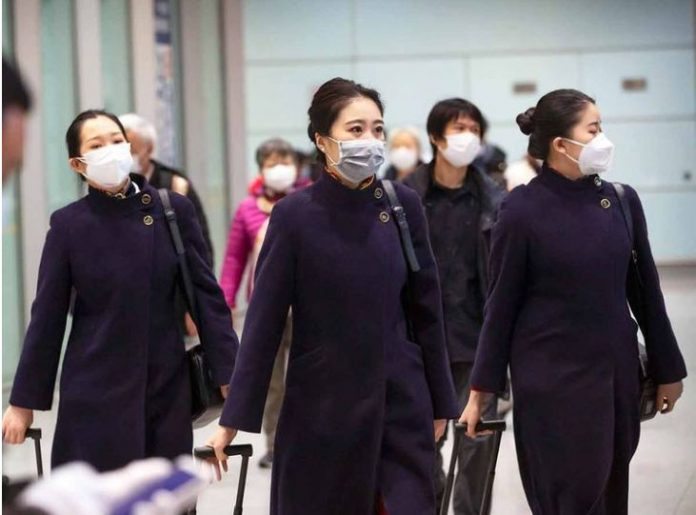IMF projects Asia’s economic output in 2022 to be about 5% lower
Washington: Asia’s loss of economic output due to the deadly coronavirus will likely persist until 2022, according to the International Monetary Fund.
The assessment is a warning about the prospects for a global recovery after the pandemic tipped the world economy into its worst collapse since the Great Depression. The Asia region contributed about 68% of global growth in 2019, according to the IMF.
While regional growth is tipped to rebound to 6.6% next year, that won’t be enough to replace all of the output lost due to the crisis.
“We project Asia’s economic output in 2022 to be about 5% lower compared with the level predicted before the crisis; and this gap will be much larger if we exclude China,” according to Chang Yong Rhee, director of the IMF’s Asia and Pacific Department.
“Even when lockdown measures are fully relaxed, economic activity is not likely to return to full capacity, due to changes in individual behaviors and measures put in place to maintain physical distancing and reduce contagion,” Rhee said.
Also Read: Brazil surpasses one million coronavirus cases
The fund said last week it expects global gross domestic product to shrink 4.9% this year, more than the 3% contraction predicted in April. For 2021, the fund sees growth of 5.4%, down from 5.8%. Asia is tipped to contract by 1.6% this year – the first such outcome in living memory according to Rhee and a downgrade from the fund’s April projection of output being unchanged.
Still, Asia continues to provide ballast. If the region’s growth was as negative as the rest of the world, then global growth forecasts would be at about -7.6%, according to Rhee.
Close coordination between central banks and finance ministries will be an important part of the policy response given the limited room to borrow that many emerging economies in Asia face, according to Rhee.
Policy options include making more use of central bank balance sheets to funnel lending to smaller firms. Temporary capital controls may be needed in the event of large outflows.
While portfolio outflows from the region have stabilized, net outflows compared to the global financial crisis remain high, Rhee said.
Governments will also need to keep an eye on their borrowing even as more crisis spending is needed.
“They must use fiscal stimulus in the short term, but complement it with a credible medium-term reform plan to mitigate debt overhang concerns,” Rhee said. “That will help to maintain sovereign credit ratings.”




